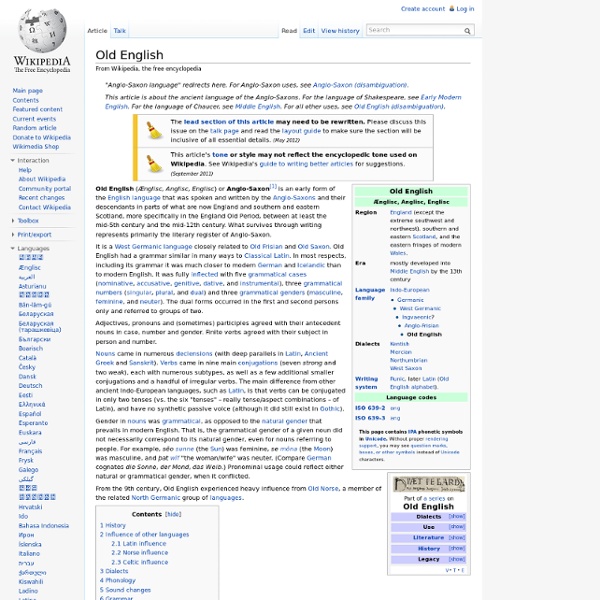Old English

Create Educational Games for School to Play on PC, Laptop, iPad, Tablet and Mobile
Review Game Zone is a cloud based review game creation site where teachers can make educational games directly from their browser. To create a game simply input the question data, type the answer choices and that's it! The games are automatically created in the cloud and provide interactive review of classroom topics. The content in the games is fully personalized and customized to suit your student's needs. You can even track your students progress and results within the games. Don't have time to make a game? Create School Games in the Following Formats These games are created in the cloud so you can access or edit them from anywhere in the world plus there are no downloads or installation required. In order to play these games the student must answer a question correct, when they do they get to play part of the game as a reward. Review Game Zone allows the collection of statistical information on student performance during game play on the site.
Introduction to Intonation | English Pronunciation Lesson | Elemental English
This lesson is from the Elemental English pronunciation series on Intonation: Listen to the audio!: Podcast: Play in new window Speaking and understanding English doesn’t just come from using correct grammar and vocabulary. Native English speakers convey meaning in their sentences with pitch — the ups and downs and the musical notes of their sentences. Example The following two sentences contain the same words. 1) “She got a dog.” 2) “She got a dog?!” In these two simple sentences, the focus word of the sentence–the word that gets the most emphasis–is “dog”. But what happened with the sound of the focus word? In sentence one, the intonation went DOWN to indicate the completion of the thought. In sentence two, the intonation went way UP, to indicate surprise. The patterns of ups and downs of your voice (and your pitch) on and after the focus word–which is usually at the end of a sentence or question–is called intonation. In English, there are three intonation patterns: Rise Full fall Partial fall
Related:
Related:



